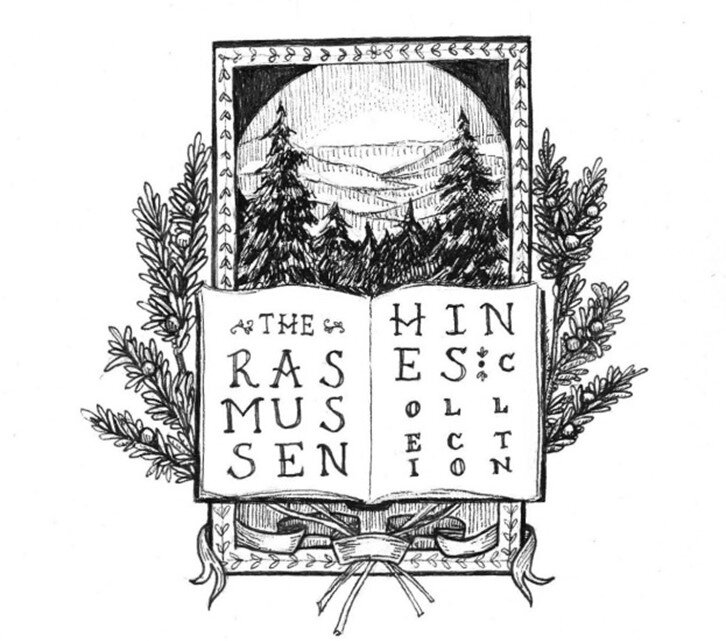Thomas Hobbes (1588-1679), Leviathan (1651)
With manuscripts signed by Christopher Wren (1632-1723)
A later issue of the first edition of Hobbes' Leviathan. Three manuscript leaves were originally endleaves of the book. The text on these leaves is written in black ink in a secretarial hand.
Two of the three leaves have five signatures, including Christopher Wren (“Cr. Wren”), Hugh May (Comptroller of the King’s Works), Richard Rider (Master Carpenter for the Crown), Thomas Wise (Master Mason for the Crown), and Thomas Rotherham (clerk of works).
This intriguing item contains as many questions as answers. Here are a few:
Did Wren write on the endleaves of this bound copy of Leviathan, or were Wren’s accounts recycled as endleaves when the book was bound? And, following that question, when was the book bound, and by whom?
To whom did this book belong? Was it held at Hampton Court, which is referenced in the accounts? Did Wren own it? Given the complicated rivalries and interpersonal dynamics between Hobbes and Wren’s intellectual circle, the nascent Royal Society, this is a fascinating possibility. Wren lived with and assisted Charles Scarborough, an admirer of Hobbes, c. 1646-50; when Leviathan was published, however, Wren had just arrived at Wadham College, Oxford, where he became increasingly involved in the group surrounding John Wilkins, who, with Seth Ward, wrote a rebuttal, published in 1654, to Hobbes’ criticism of Oxbridge teaching. The catalogue for the 1748 sale of Wren’s library does not list a copy of Leviathan. Could the owner have been someone else entirely?
Can the projects referenced in the papers be identified and dated with more specificity? The signatures provide a reasonable terminus ad quem, as Richard Rider died c. 1683, and May and Wise died in the two following years. The contracts/receipts seem to reference work done at Hampton Court Palace, including bringing stone from Scotland Yard, updates to bedrooms, and general tidying. Wren was involved in minor works at Hampton Court in the 1670s, and various contextual clues have led to the current approximate date range 1676-1683. Who would have retained these types of accounts and signed documents? How does that relate to the identity of the book’s owner?
What do the watermarks contribute to the puzzle? Karen Norwood’s research provides some possibilities. Either ‘HC’ or ‘HG’ appears on these sheets of paper used as a contract/receipt for construction being done at the Hampton Court Palace. A similar shielded fleur de lys (a Strasbourg lily) watermark with the same HC/G initials also appears on some MS pages, ca. late 1670’s, of the composer Purcell who also worked at Hampton Court. Wren also used paper with the same watermark for other plans related to Hampton Court. Since the initials listed on the main mark can refer to the factor for whom the paper was made, an educated guess would say that, if the factor’s initials read ‘HC’, they could refer to royal paper made specifically for Hampton Court. Can the paper be definitively connected to Hampton Court?
Setting aside the mystery surrounding its provenance, this collection of items binds together two titans of seventeenth-century British thought, creating an utterly unique juxtaposition of practical craftsmanship and political philosophy.
Dr. Molly G. Yarn



